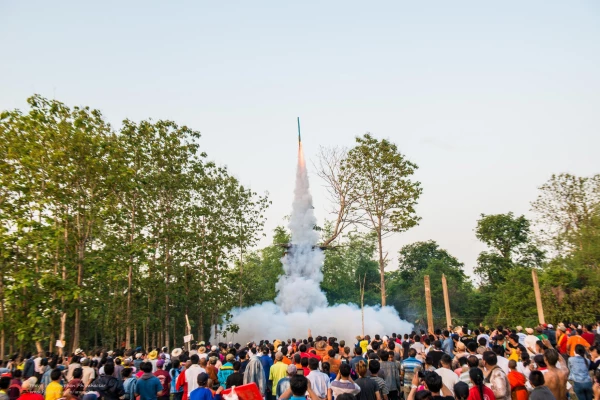Located in southern Laos, Salavan is bordered by Savannakhet Province to the North, Vietnam to the East, Sekong Province to the Southeast, Champasak Province to the South, and the Mekong River as International border with Thailand to the West. Salavan municipality sits in the province’s heart, about 115 km from Pakse, the region’s largest urban center. Salavan is divided into eight districts: Salavan, Khongxedon, Toumlan, Lakhonpheng, Laongarm, Samouay, Ta-Oy, and Vapi.
Flat, fertile terrain with rich volcanic soil covers some 40% of the province in its western Mekong River Valley, while the Bolaven Plateau’s northern tip rises to 1,000 meters and higher in Salavan’s southwest Laongarm District. The Annamite Mountains climb higher than 2,000 meters in the east near the Vietnam border, and scores of rivers and streams crisscross the province, including the Xe Don, Xe Set, Xe Lanong, and Xe Kang Rivers. Salavan is also home to three National Protected Areas (NPAs): Phou Xieng Thong, Xe Bang Nouan, and Xe Sap.




